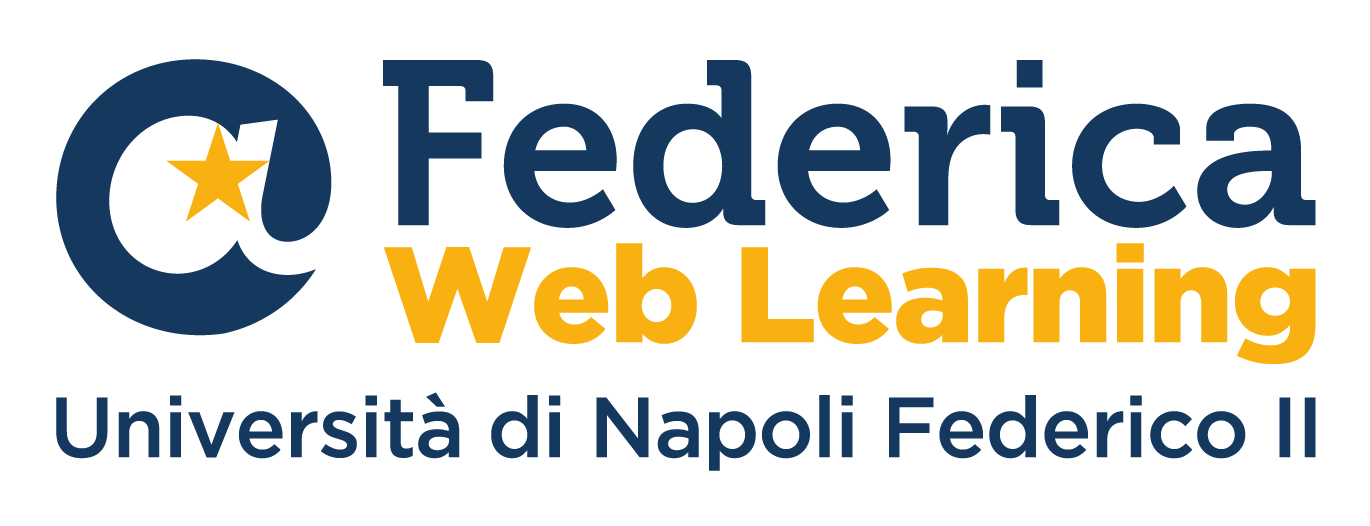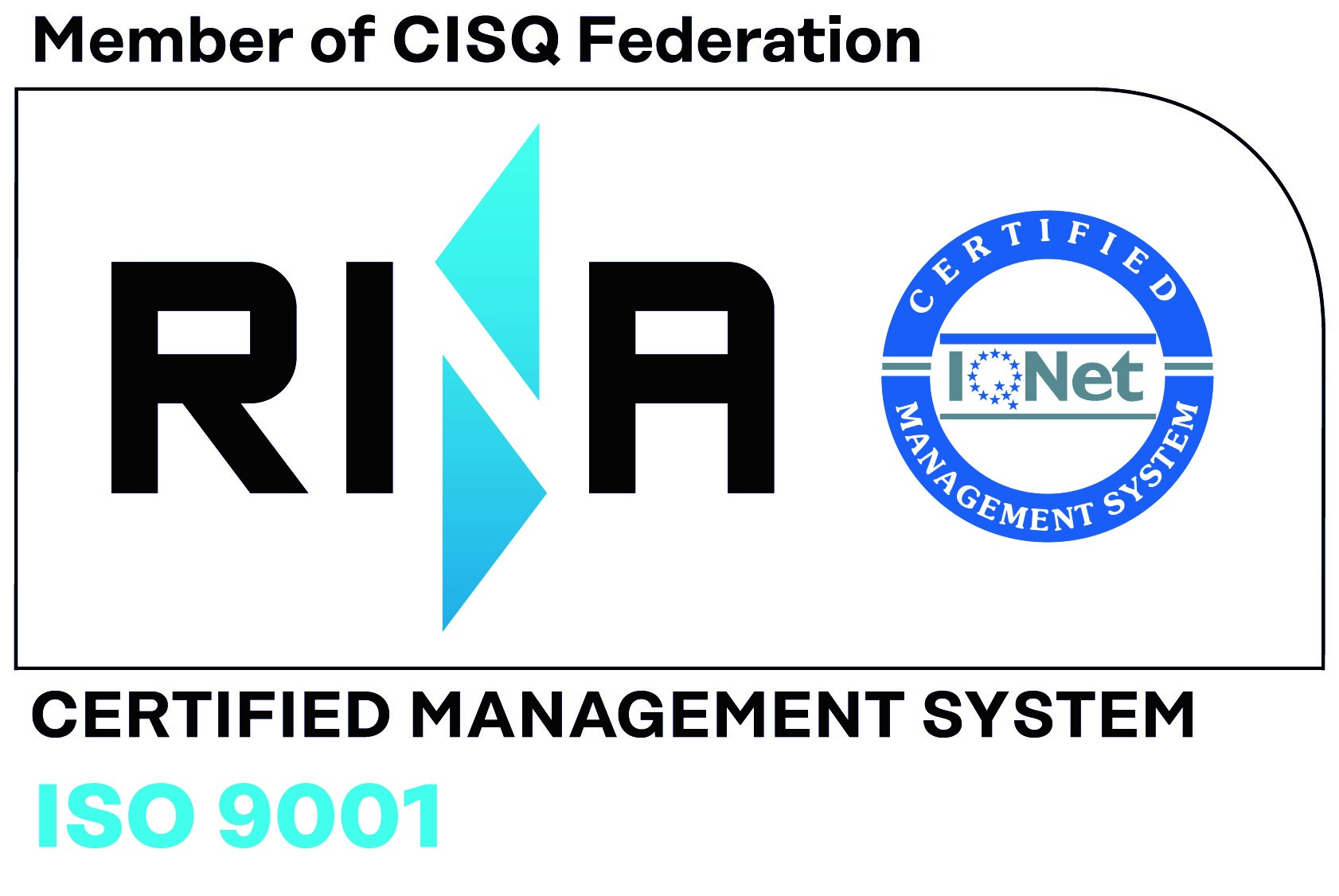Potrebbero interessarti


Questo corso ti offrirà una panoramica del sistema universitario italiano, dalla scelta del percorso di laurea al superamento dei test di ammissione. Ti permetterà di costruire una mappa operativa personale e strutturata di tutto ciò possa servire per affrontare i test per l’accesso universitario, sviluppando le competenze e le conoscenze necessarie per avvicinarti all'università.


With nearly 30 years of experience in offering an on-campus master in Economics and Finance, this program is designed to combine a solid theoretical foundation in economics and finance with essential tools for data analysis and model simulation relevant to both industry and academia.


Sotto la guida di 15 docenti e ricercatori esperti dell’Università di Napoli Federico II si avrà la possibilità di comprendere nel dettaglio ciascun istituto rinnovato della riforma del processo civile generale, di cognizione ed esecuzione, introdotta dal d.l. n. 149 del 2022.
Il corso replica la struttura del Commentario normativo con oltre 50 video e 18 unità didattiche, riflettendo le disposizioni del c.p.c., c.c. e leggi speciali modificate dalla riforma.
Iscrivi ora gratuitamente.



Un’opportunità per appassionati d'arte, professionisti tech, insegnanti o chiunque sia curioso di come la tecnologia abbia influenzato l'arte. Iscriviti ora gratuitamente!





